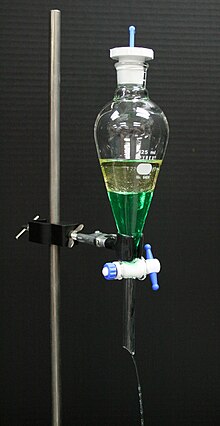Brulosopher
Well-Known Member
- Joined
- Jun 1, 2011
- Messages
- 3,007
- Reaction score
- 447
Well I figured out how to answer my own question and will share what I learned in the process. With darker beers it helps to do the washing on somewhat a bigger scale using more water. Adding more water dilutes the beer enough to be able to see the difference in trub from yeast. You have to use about double the water and more big jars but it worked better for me doing it this way.
I'll be washing from a stout tomorrow. Thanks for the tip!
Another option is to steal some clean yeast from your starter prior to pitching.
































![Craft A Brew - Safale BE-256 Yeast - Fermentis - Belgian Ale Dry Yeast - For Belgian & Strong Ales - Ingredients for Home Brewing - Beer Making Supplies - [3 Pack]](https://m.media-amazon.com/images/I/51bcKEwQmWL._SL500_.jpg)


























